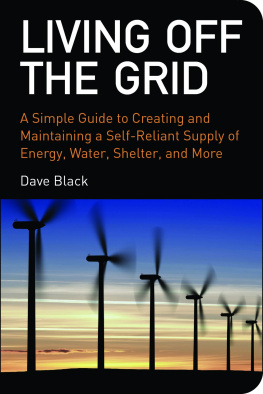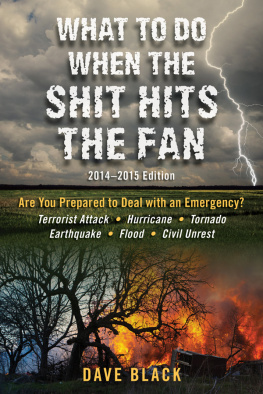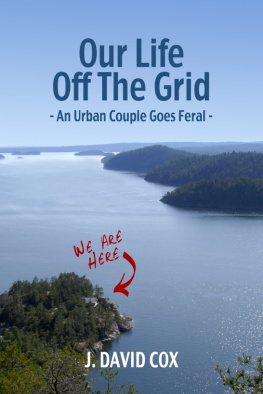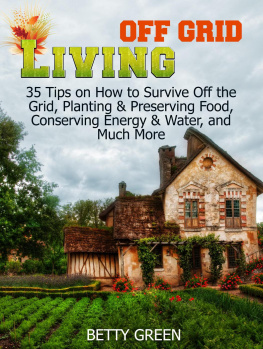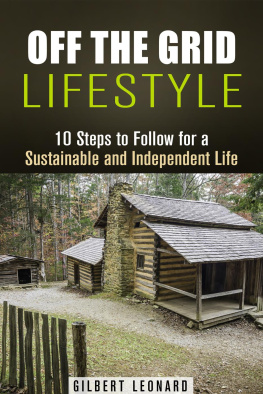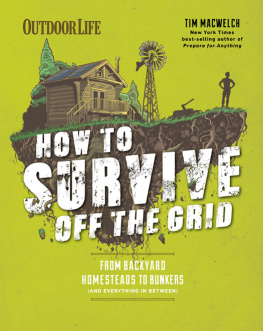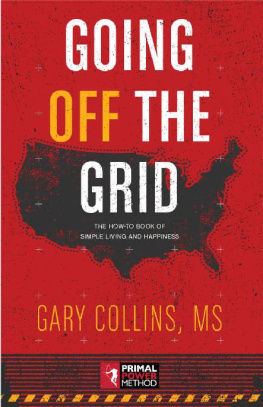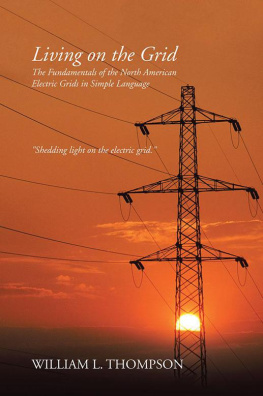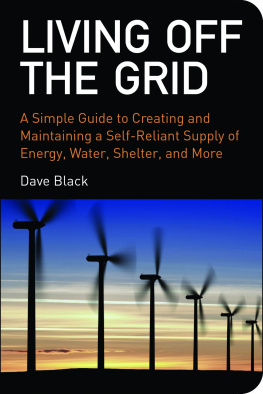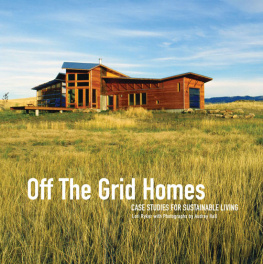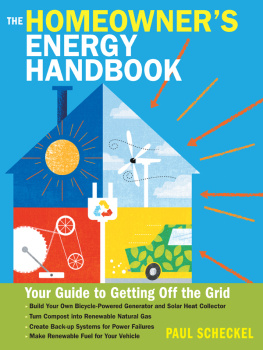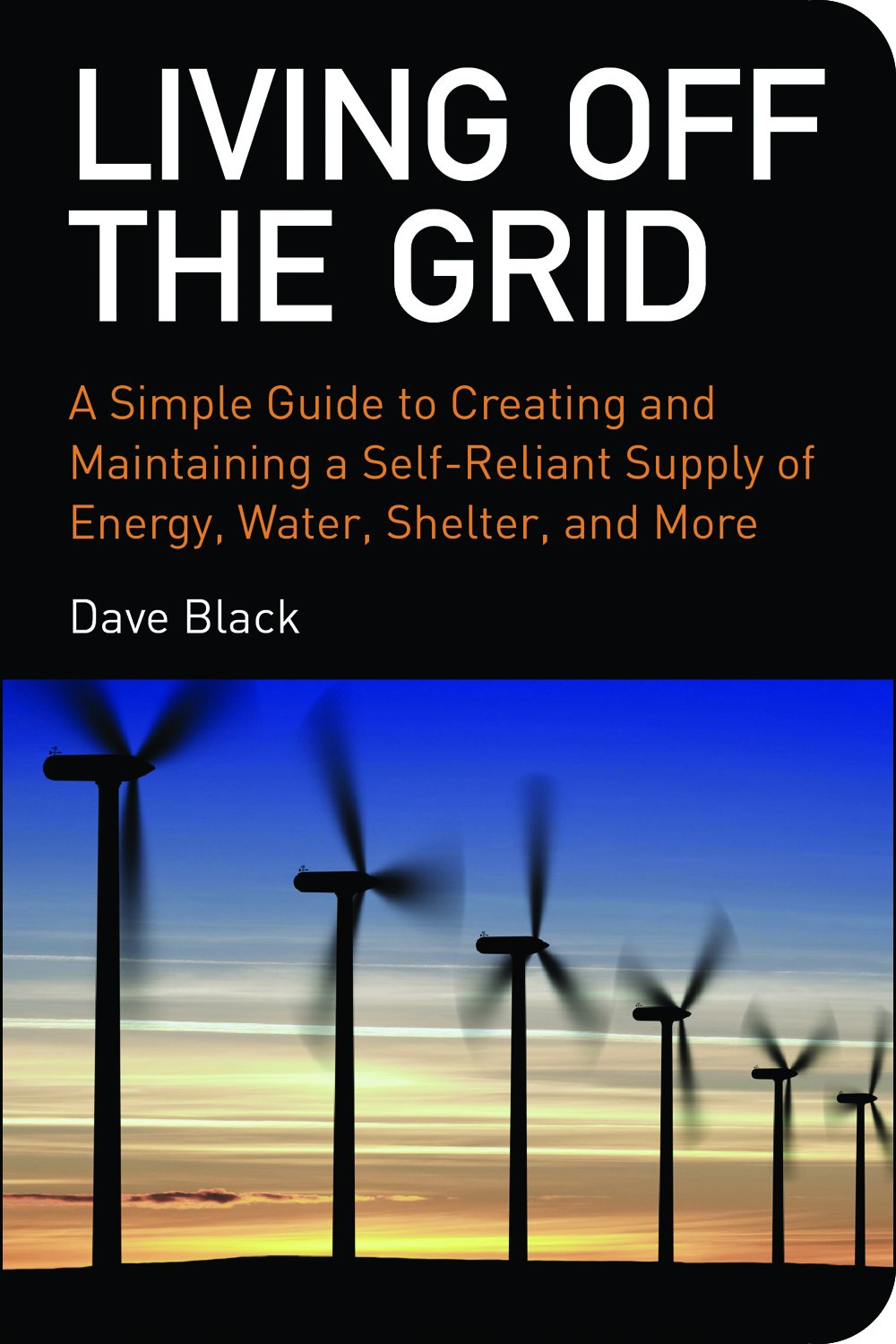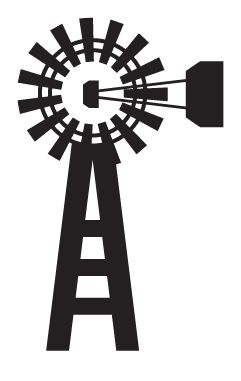RVs, boats, tents, emergency shelters, homes with <250 square feet floor space.
Small homes, partial homes or sections of structures, vacation cabins, seasonal habitations with <750 square feet of floor space.
Large homes and businesses.
Power production & distribution
Transient or Mobile
For solar, this will typically require at least one 15-18 watt panel and one high capacity deep-cycle battery.
A stand-alone DC system will usually consist of a solar array, charge controller, battery bank, and a load center. A load center might consist of meters and fuses, or fuses may exist between the battery bank and the controller, and between the controller and the load.
The advantage of a stand-alone DC system is that there is no inverter to fail.
Stand-alone DC-AC systems are basically the same but include an inverter to change DC to AC. Usually an inexpensive square wave or modified square wave inverter is enough. Fluorescent lights may not turn on with a cheap load-demand inverter.
Transmission of low volt DC over long distances requires large-guage wire.
Intermittent
Stand alone DC-AC systems use AC to run common low-power household appliances.
If the structure is already wall-wired for utility power, consider transient wiring outside the wall with a multiple-outlet extension cord.
Keep a generator and battery charger on hand in case the system fails.
A stand-alone AC system commonly consists of ten or more solar panels, a very large battery bank, and one or more inverters. Some inverters can be wired in series or parallel to produce 240 volts, to boost amperage, or to provide a backup in case one inverter fails.
The inverter(s) will probably be modified square wave types. A stand-alone AC system can use standard wiring, switches, outlets, and fixtures.
A hybrid system is a good idea if you want to avoid gigantic solar arrays and huge battery banks.A hybrid system often consists of a combination of solar and microhydro, wind, and generator (gas, propane, or diesel). During cloudy periods or when the load demand is high, the generator can be started. The generator or other turbines (wind, microhydro) can be used to power AC loads and to recharge low batteries.
Permanent
In a utility interface system the grid is connected but the PV, wind, or microhydro systems provide much of the power. If the batteries are low, an auto transfer switch connects to the grid until the battery banks have been recharged. The switch then reconnects to the inverter. A utility interface is cheaper than an intertie.
Some people use a modified sine wave inverter for daily work loads and a small sine wave inverter for electronics.
Utility intertie systems. Instead of storing extra power in batteries, it is sold to the utility company. These systems use a sine wave inverter to change DC to low-distortion AC. Power is delivered to the gird through a kilowatt-hour meter as it is produced. A second meter measures any grid power consumed at the home.
The disadvantage of an intertie system is that theres no real power storage, and if the grid fails, theres no backup. Keep a generator around for emergencies.
Lighting
Transient or Mobile
In small or mobile habitations low voltage DC is best. It can be transmitted short distances over narrow gauge wire.
Low volt fluorescent bulbs have three to four times the light output per watt than incandescent bulbs. Halogen is 30 percent more efficient than fluorescent, and seems far brighter.
In a large multi-light habitation, use an inverter but keep a few DC lights on hand in case the inverter fails.
AC light dimmers may not work without a pure sine wave inverter.
Also, fluorescent lights may not turn on with a load demand inverter.
Intermittent
AC fluorescent lighting is the common choice.
Permanent
AC fluorescent lighting is the common choice.
Space heating and cooling
Transient or Mobile
To warm a cold RV or tent takes about 1000 BTUs per 50 square feet of floor space.
A catalytic heater burns without flames, so it produces less carbon monoxide.
Intermittent
Passive solar design goes a long way toward off-grid heating and cooling.
Propane and wood are the cheapest and most easily obtainable fuel for space heating.
Appliances with motors (e.g. air conditioners, swamp coolers, heater fan, etc) may require an inverter with 2000 or more watts of surge power.
Permanent
Passive solar design goes a long way toward off-grid heating and cooling.
Appliances with motors (e.g. air conditioners, swamp coolers, heater fan, etc) may require an inverter with 2000 or more watts of surge power.
Water heating and distribution
Transient or Mobile
Water sources: springs water or other public access water; catchment systems; transported and kept in containers.
Backpacker-type solar showers are OK for summer use, but have dismal performance in winter, even in full sun.
Single and double burner camp heaters are available for the kitchen and shower. With a single burner the water may be tepid. Cycle it twice to make it hot.
Manually pressurized hot water showers can be purchased or made from a garden pump spray tank. Add hot water and pump to pressurize. DO NOT ADD BOILING WATER AND DO NOT HEAT THE PUMP CONTAINER.
Intermittent
Water sources: wells, springs, generally via plumbed lines; catchment systems.
Propane, natural gas, solar heaters. Refer to chapter 6.
Permanent
Water sources: wells and springs via plumbed lines.
Propane, natural gas, solar heaters. Refer to chapter 6.
Laundry & cleaning
Transient or Mobile
Portable DC vacuum cleaner (e.g. the Coleman wet/ dry vac) are inexpensive.
Hand wash or use a laundromat.
Intermittent
Energy efficient washing machine.
Hang to dry.
Motors for belt-driven AC devices can be replaced with a high-efficiency AC or DC motor.
Permanent
Energy efficient washing machine and dryer (electric or propane).
Standard vacuum cleaners run at 600 to 800 watts.
Standard washing machines run at 800-1000 watts, using 300 to 400 watts per load. Motors for belt-driven AC devices can be replaced with a high-efficiency AC or DC motor.
Refrigeration
Transient or Mobile
Low watt 12V DC cooler/refrigerators. Inexpensive but frequently fail.
A durable high quality DC refrigerator is expensive but saves on the cost of the number of solar panels and batteries required.
Intermittent
Gas-powered absorption refrigerators use bottled LP gas at least 5-10 gallons per month.
Permanent
Energy efficient standard-sized refrigerators and freezers. An AC fridge should be rated at 300 to 400 kWh.
Cooking
Transient or Mobile
Bottled propane stoves are the popular choice in this venue.
Intermittent
LP stoves are common.
Microwave ovens are more efficient than their propane or electric counterparts.
Permanent
LP stoves are common.
Microwave ovens are more efficient than their propane or electric counterparts.

